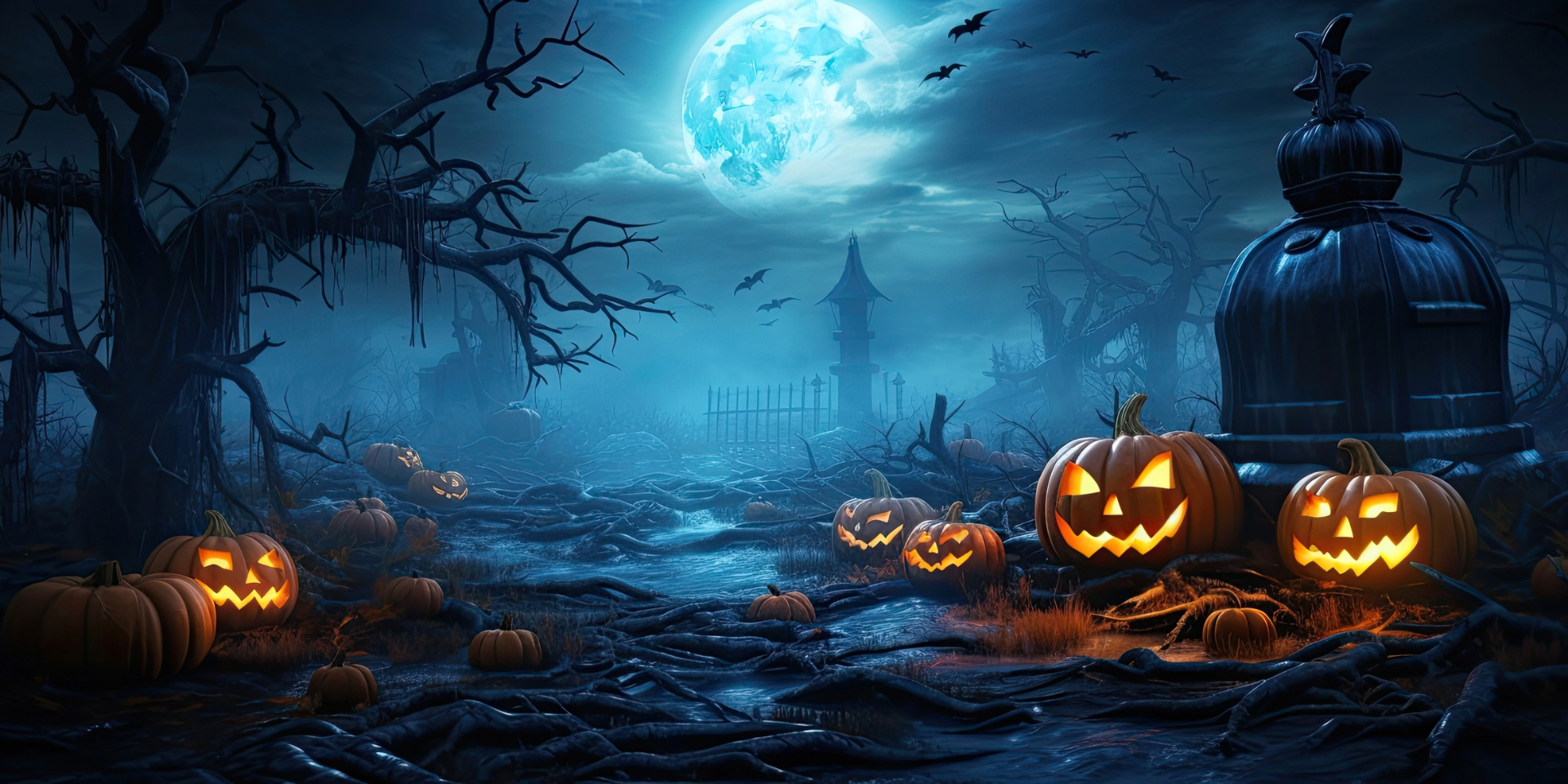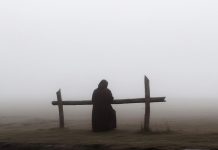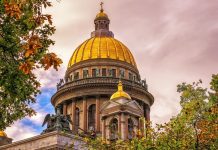Pumpkin heads, skeletons and excessive sweet treats: let’s face it, whether you love or loathe Halloween, it’s a supremely weird holiday. I’ll admit to personally being annoyed at the increasing number of kids dressed in superhero and Disney outfits knocking at my door in recent years—but I’ll also likewise admit to giving in to their cute faces and outstretched buckets. It turns out that even though I dislike Halloween, I’m still a sucker.
Most of us intuitively know how far removed the modern Halloween is from its ancient origins—but it begs the question, where did it come from? The short answer is simple. Various religious holidays such as (but not limited to) Samhain and All Hallows’ Eve were practiced for hundreds of years by Europeans until they were imported to the United States of America in the 19th century. The resulting American influence changed many of these observances over time, morphing them into what we now know as Halloween.
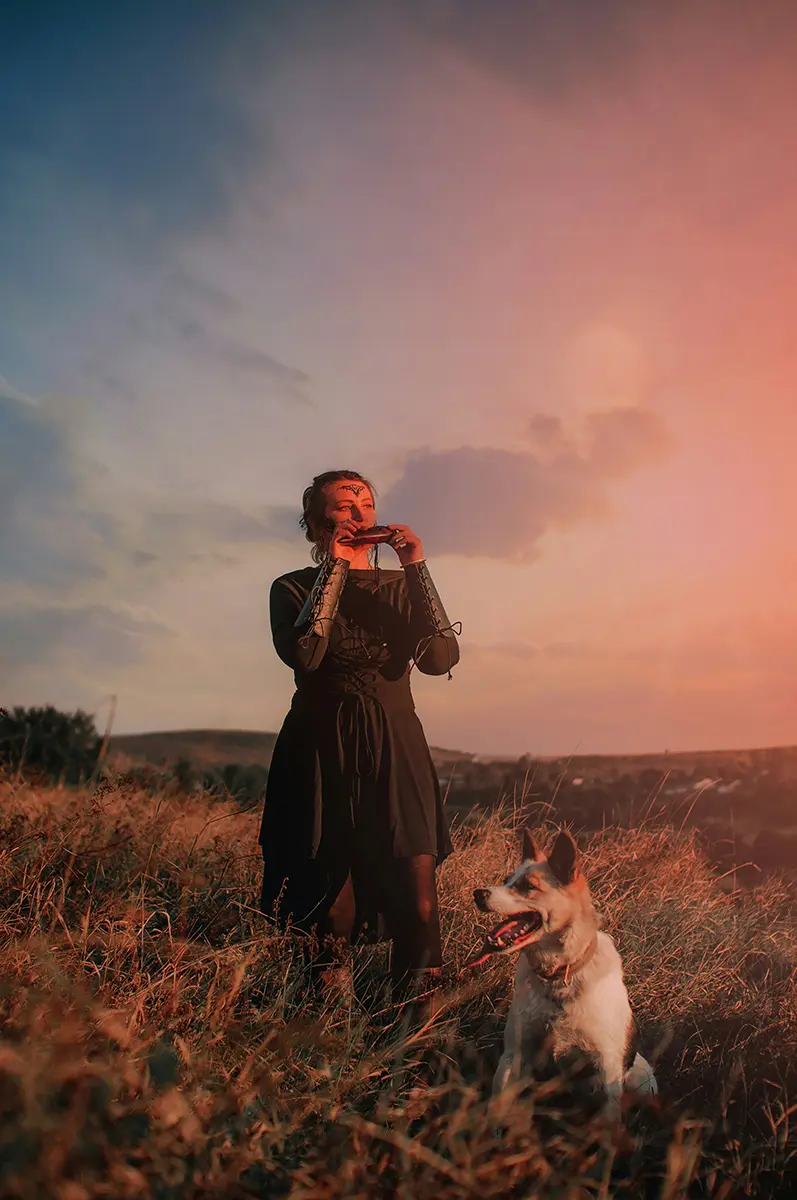
Fire and mumming
The true point of origin for Halloween is contentious. Some scholars believe its roots are in the Celtic festival Samhain (pronounced “sow-in”), which occurred between the autumn equinox and winter solstice. We don’t have much detail on what happened anciently, but it seems to have been a liminal festival, when portals were opened and the barrier between this world and the “Otherworld” (the world of fae and pagan gods) grew thin. Bonfires were lit, sacrifices were made (some think human, but most likely animal) and participants went door-to-door in costumes (thought to protect them from evil spirits), seeking a place at the dinner table. Somewhat like the modern Christmas tradition of carolling, this “mumming” was transactional, where the “mummer” recited poetry in exchange for food. There’s never been such thing as a free meal, I suppose.
There’s a gap between the ancient Celtic observance of Samhain and All Hallows’ Eve, though some assert that All Hallows’ Eve was created to usurp Samhain. Whatever the case, the observance of Celtic festivals faded as the supremacy of Christianity grew in medieval Europe. Samhain eventually faded into obscurity and in its place, All Hallows’ Eve became a yearly tradition for every Roman Catholic.
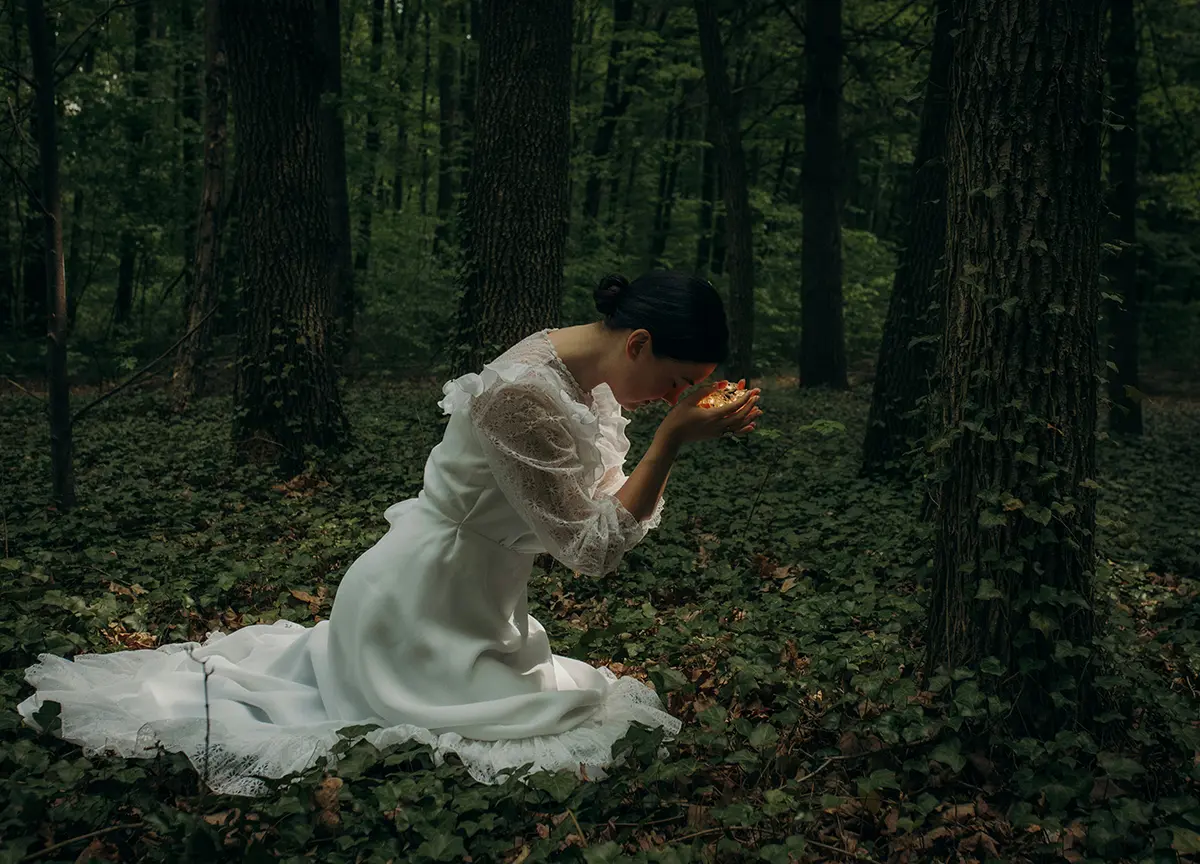
Trading Gaelic for Latin
The word Halloween comes from the Old English word we render in modern English “All Hallows’ Eve”. Even was the Scottish term for “evening” and was often shortened to e’en, thus “All Hallows’ e’en” became Hallowe’en, or just Halloween. Originally, All Hallows’ Eve wasn’t even the main event—it was merely the precursor to All Hallows’ Day (also called All Saints’ Day) on November 1 and its follow-up, All Souls’ Day on November 2. All Hallows’ Day was a celebration of saints and martyrs of the past and All Souls’ Day was a time for praying for dearly departed souls who had not yet reached heaven (as per the medieval Catholic view of purgatory).
By the 13th century, this three-day holiday was mandatory for all Medieval Catholics, thanks in no small part to the influence of several Celtic popes. During the celebration, children would go door-to-door collecting “soul cakes” (like a shortbread biscuit but containing raisins, the worst dessert ingredient!) for the purpose of nourishing the souls of the dead. However, as the children acted as the souls’ representatives, they also ate the soul cakes on their behalf. Sometimes they would carry jack-o-lanterns fashioned from turnips, which either represented the souls of the dead themselves or acted as a deterrent for evil spirits.
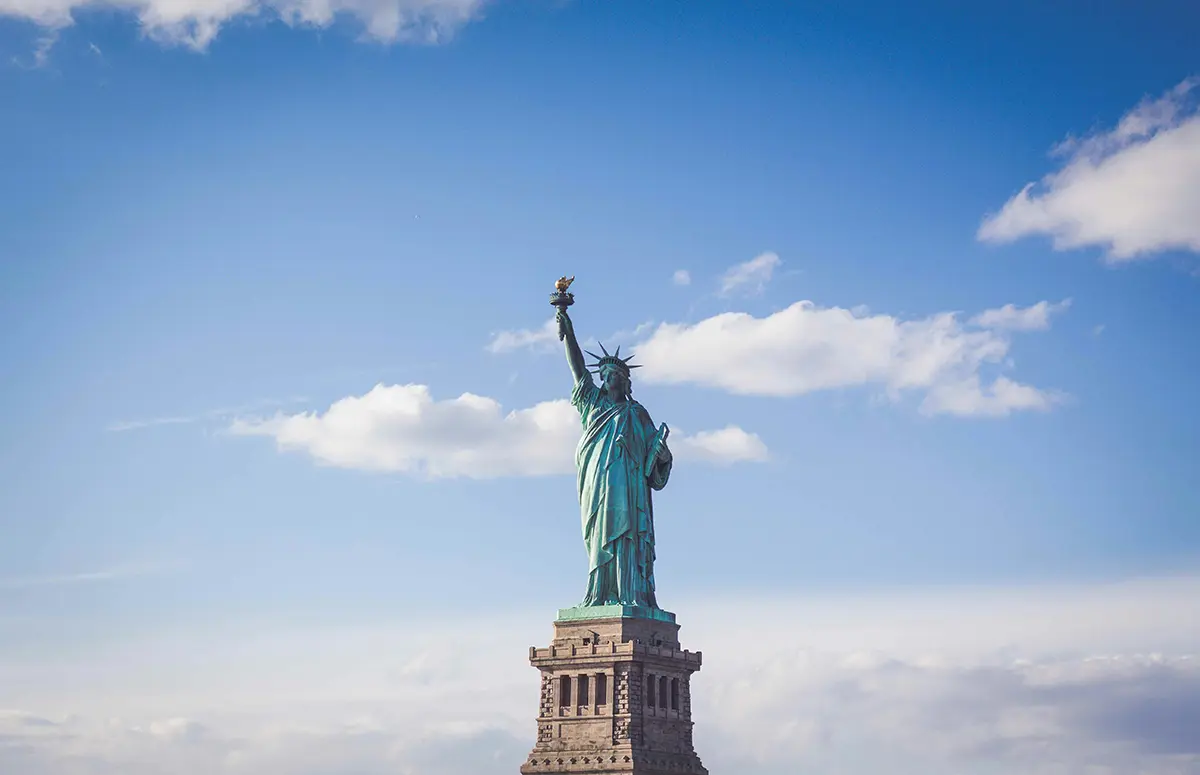
Moving to America
This all sounds spooky but if you’ve ever walked past a house kitted out in Halloween decorations, the traditions of reciting poetry for food or collecting raisin biscuits probably seems tame by comparison. That’s because everything changed for Halloween when Europeans emigrated to the United States. Like Christmas, St Patrick’s Day and Easter, Halloween observance was retained and expanded as a way for immigrants to hold on to a sense of their cultural identity in the New World. Turnip jack-o-lanterns were traded in for pumpkins as they were much easier to carve.
Then, in the late 19th and early 20th centuries, literature and art began to influence Halloween in new ways. Bram Stoker’s Dracula and Mary Shelley’s Frankenstein are both examples of popular culture shaping Halloween. “The theme of death and the dead is a cornerstone in the Gothic fiction genre. When one hears the word Gothic fiction, the first thing that comes to mind is dead bodies and vampires that come to life again to horrify people. Likewise, the most notable themes in the celebration of Halloween are death and the dead.” Eventually, American Halloween threw out completely the veneration of the saints and remembrance of departed souls in favour of the celebration of everything dark and spooky. In the same way, the collection of soul cakes and recitation of poetry was exchanged for trick-or-treating and dressing up in scary costumes.
In the 20th century, Halloween evolved even further. Witches and skeletons costumes were still often used, but it became an excuse for kids (and adults alike) to dress up according to the current cultural zeitgeist. Mickey and Minnie Mouse were popular during the Great Depression, as was (unfortunately) unflattering depictions of black and Asian people. Later, thanks to the overwhelming popularity of Star Wars, Princess Leia, Luke Skywalker and Darth Vader costumes became dominant. Politics wasn’t off limits either, with Richard Nixon masks being worn during the Watergate scandal. Of course, that extends to today. You’re much more likely to see children in your local area on October 31 dressed up as Spider-Man or Elsa than as a vampire or werewolf. So, where does that leave us?
The modern Halloween is just as divorced from its 19th century counterpart as the 19th century version was from its Catholic medieval ancestor—and as it in turn was from Samhain—if indeed they were ever related at all. Personally, though I don’t understand the appeal of Halloween, even I can recognise how it has become an outlet for cultural expression. If you want to know “what’s popular with the kids”, all you need to do is observe how they dress come Halloween.
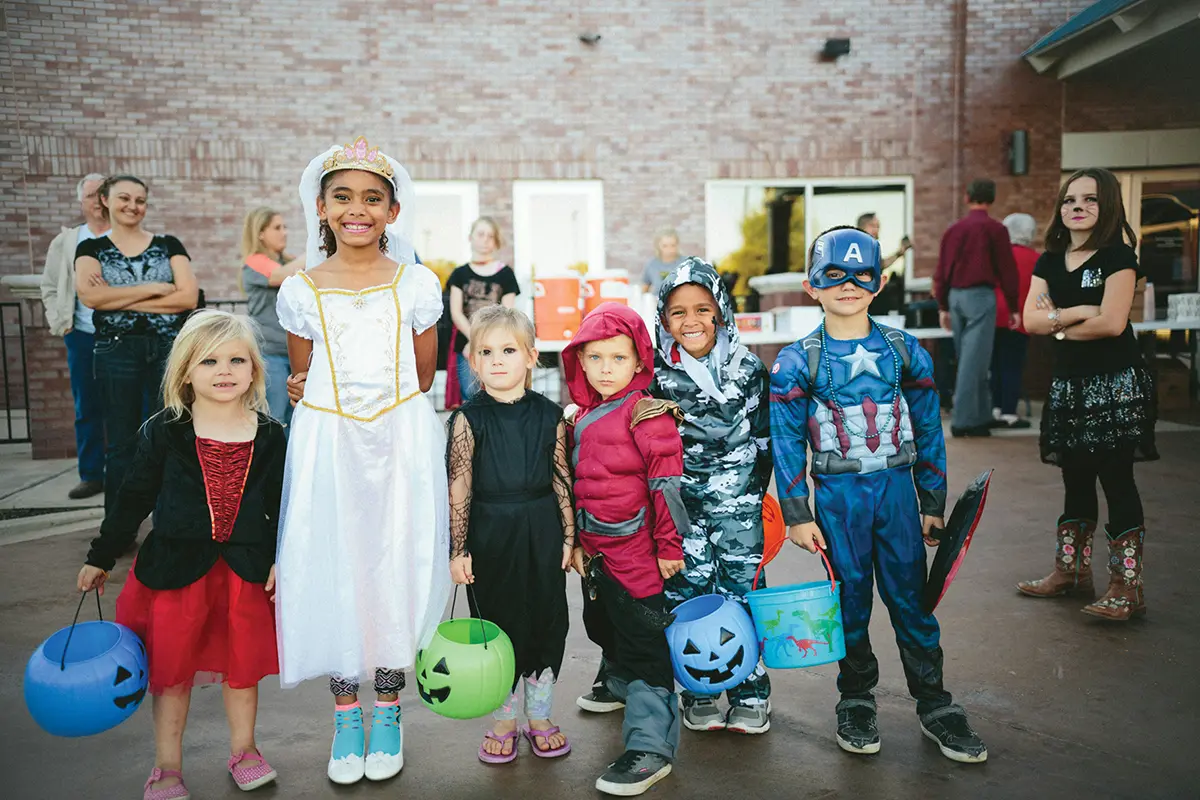
What about today?
The question on every parent’s lips remains, “What do we do with Halloween?” If you’re suspicious of its ancient origins or just its spooky imagery, there are a few things you should consider.
First, we shouldn’t ignore its murky origins. As a Christian, I believe that there is a spiritual realm and that it is inhabited by not just the forces of good—but evil, too. Even if you disagree with me, you can’t deny that the themes of Halloween aren’t all that positive. Is this what we want to celebrate with our children, even if it’s just one day a year? Every child asks questions about death, and I certainly wouldn’t want my kid’s first exposure to it to be through a Halloween display. I believe, as the Bible teaches, that the “dead know nothing” (Ecclesiastes 9:5), so why try to reach them? It’s possible that in doing so we may end up communing with very real forces of evil (Ephesians 6:12).
Second, while we shouldn’t gloss over Halloween’s sinister undertones, we also shouldn’t become fearmongers. The reality is, the most immediate danger your child is in during Halloween is probably a sore stomach. Having said that, reframing Halloween’s themes as “fun” or “harmless” may confuse your child about what is and isn’t okay when they encounter them in a very real way elsewhere. Drawing a line in the sand may make you feel like a killjoy but by doing so, you will establish valuable boundaries that may serve your child when they must make decisions for themselves in the future. Whatever they choose, you’ll be able to rest easy, knowing you’ve built them a solid foundation from which to live.












